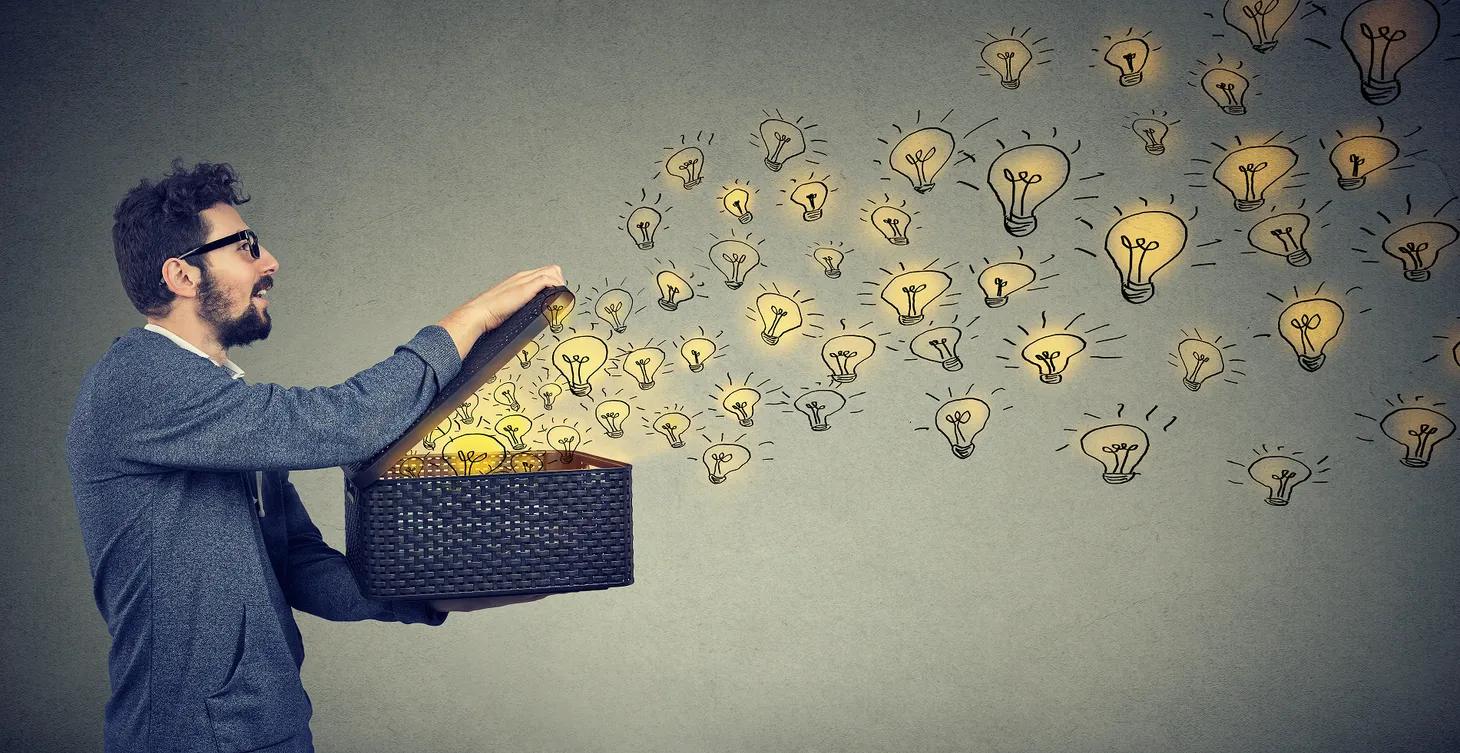Constraint Based Innovation
One of the keys I’ve found to successful execution is constraint based innovation. It is exactly what it sounds like. When I’m in the execution phase of the innovation process and assigning teams to various ideas, I’ll ask them, “How long will it take for you to create the product?” Whatever answer

One of the keys I’ve found to successful execution is constraint based innovation. It is exactly what it sounds like.
When I’m in the execution phase of the innovation process and assigning teams to various ideas, I’ll ask them, “How long will it take for you to create the product?” Whatever answer they give me, for example, “Oh, it’ll be twenty-four months,” I’ll counter with less time, less money, or less manpower. When I tell them that we really need to figure out how to get the product pulled together in twelve months, they push back but eventually go off and try to figure out how.
I’ve found over the years that if you give a team the full time that they ask for, or the full budget that they want, or the full number of people that they need, those teams never execute anything of significance. But if you give them less, make things a little more challenging, they’ll push themselves. When they have some form of constraint, it forces them to have to think in a unique way. Think of the Apollo 13 mission and how constraint aided them in coming up with a highly creative solution, very quickly. When they come in with a standard approach, they unconsciously revert to the way “that has worked before.” This is exactly the opposite of what I want them to do. If, on the other hand, the parameters are changed by way of constraint based innovation, they will have to find a new way to meet the objective since the old way won’t work. In the end, you get results.
The fact is that unlimited options are very difficult to deal with. They become the innovation version of a writer staring at the blank page. Our minds need some guidance; if there are no rules or restrictions in place, it’s hard to begin the creative process and even more difficult to remain focused or purposeful.
Most creative endeavors have limitations imposed upon them. If you are an engineer working on a new product, you have directives, including purpose, target market, materials, and size, among others. When writing a story, you may have length or style restrictions to contend with. There is hardly a real-life example of creation that exists without some kind of constraint.
Phil McKinney Newsletter
Join the newsletter to receive the latest updates in your inbox.




